DHAKA — It’s the monsoon season in Bangladesh, where the annual rains are both a boon for farmers and a worry for many living in flood-prone areas. For the country’s wildlife, the wet season also signals peril, but in another way: It coincides with an annual boom in the illegal wildlife trade, according to a study in the journal Oryx.
“In Bangladesh, unemployment rates increase and most of the casual workforce stays at home during the wet season,” the 2022 study says.
That makes hunting and trading of bushmeat “a popular livelihood option at this time.” Reduced accessibility into rural areas because of flooding also limits how well law enforcement agencies can monitor the trade, says study lead author Nasir Uddin, from the Chinese Academy of Sciences’ Centre for Integrative Conservation.

Bangladesh has a population of more than 160 million, and in 2022 the World Bank reported an unemployment rate of 4.7%. The annual monsoons make the economic situation worse, causing many people to lose their jobs and become vulnerable. In this vacuum of opportunities, selling bushmeat becomes a lifeline for many communities in rural and hilly areas.
“We discovered that poverty and other socioeconomic factors frequently motivate hunting. Furthermore, food and work availability in rural areas changes seasonally,” Uddin says. “Economically vulnerable people in those areas naturally turn to natural resources. Thus, in the rainy season, some people find hunting and wildlife trade as an alternative source of income.”
Wildlife markets in Bangladesh are important trading hubs for high-value animals such as tigers, crocodiles and tortoises. The most regularly offered species in hill markets and those outside urban areas came from the local vicinity, the study found, whereas urban markets included both native species and exotic ones sourced internationally.
Factors that influence what’s on sale include the market type, road access to the market, the presence of law enforcement, proximity to a port, and whether live animals or animal products and being offered. In markets closer to a law enforcement presence, high-value wildlife such as mammals, reptiles and threatened species are less commonly traded, while the opposite is true in markets close to seaports or airports.

Bangladesh outlawed the killing of wildlife in 2012, and that same year established the Wildlife Crime Control Unit (WCCU) to police the practice. Over the past three years, from June 2020 to June 2023, the WCCU seized more than 16,000 wild animals and 264 trophies in 1,726 operations. It also pursued 33 cases against those involved in the trade, disciplining 38 people for illegally catching wild animals and selling them in wildlife markets, according to Forest Department data.
But according to department officials, these numbers may only be a fraction of the true scale of the problem. They add there’s a dire need for more resources and manpower to fortify the WCCU’s endeavors.
Sanaullah Patwary, the head of the WCCU, says the fight against the wildlife trade is intertwined with cultural complexities.
“Some tribal societies traditionally consume wild animals,” he says, adding that while government initiatives have sought to suppress this practice, extinguishing it entirely may take time. The study notes that, “In the past, the killing and eating of wildlife in Bangladesh was considered heroic, and people were encouraged to hunt.”
The situation is complicated by challenges in law enforcement, Patwary says, pointing out that the WCCU faces restrictions in its authority. That makes working together with local governments crucial in stopping the trade, he says.
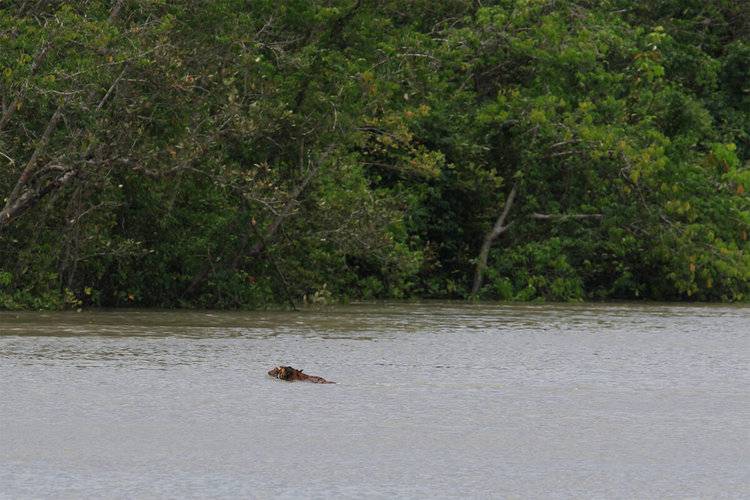
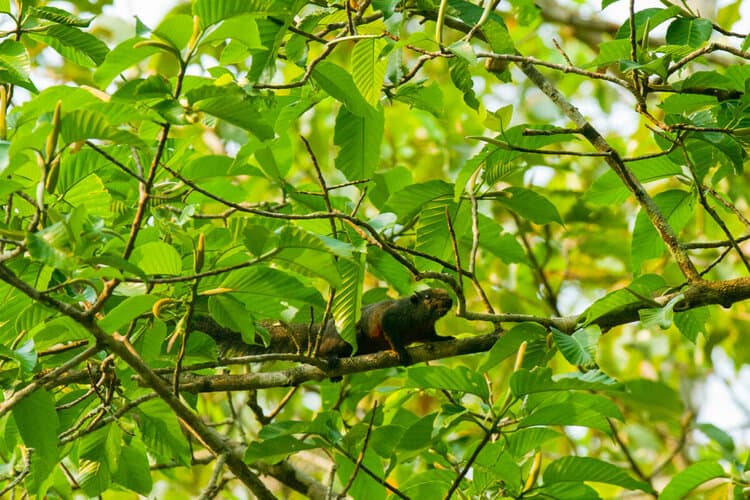

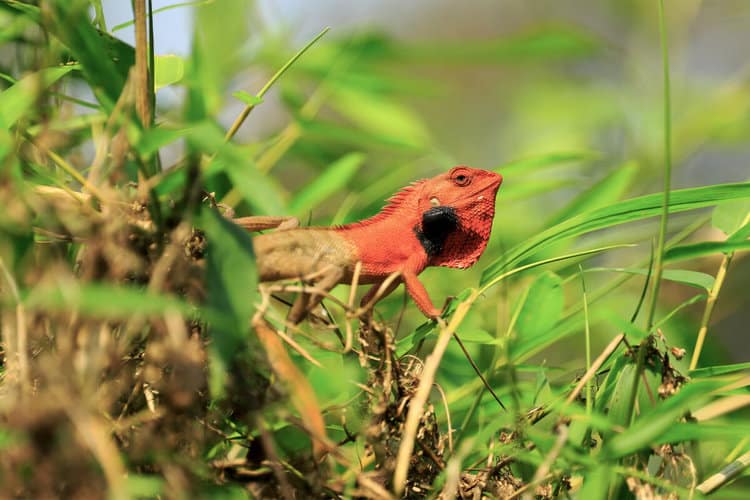
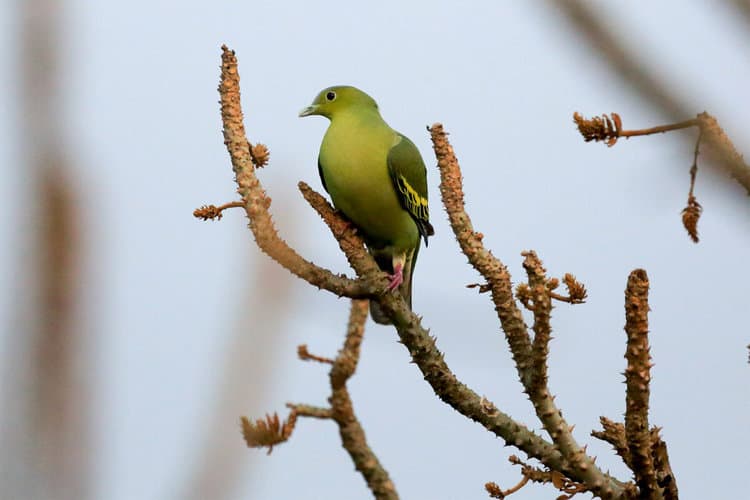
“According to the law, the WCCU officials are not authorized to arrest criminals, and they require cooperation from local administration and law enforcement agencies to conduct investigations and take legal action,” Patwary tells Mongabay.
Experts and conservationists in Bangladesh have called on authorities to raise awareness among local communities, especially those individuals with influence in local markets. They also suggest training WCCU officers to stop trade routes, and improving monitoring of village markets with help from the Forest Department, police and community groups.
Technology can also play a part, observers say: they recommend setting up a hotline for reporting the wildlife trade, and a system for monitoring social media for illegal activity.
“The most essential factor is the government’s goodwill,” says Syeda Rizwana Hasan, chief executive of the Bangladesh Environmental Lawyers Association (BELA). “The government is not doing enough to safeguard the country’s environment and natural resources.”
The adds the government “must take immediate steps to protect its natural resources, strengthen law enforcement against such trades, and provide alternative livelihood to reduce dependence on wildlife.”
Citation:
Uddin, N., Islam, A., Akhter, T., Ara, T., Hossain, D., Fullstone, C., … Hughes, A.C. (2022). Exploring market-based wildlife trade dynamics in Bangladesh. Oryx, 1-13. doi:10.1017/S0030605322001077
What you can do
Support ‘Fighting for Wildlife’ by donating as little as $1 – It only takes a minute. Thank you.
Fighting for Wildlife supports approved wildlife conservation organizations, which spend at least 80 percent of the money they raise on actual fieldwork, rather than administration and fundraising. When making a donation you can designate for which type of initiative it should be used – wildlife, oceans, forests or climate.
This article by Mahadi Al Hasnat was first published by Mongabay.com on 21 August 2023. Lead Image: Red-breasted parakeet by Muhammad Mostafigur Rahman.


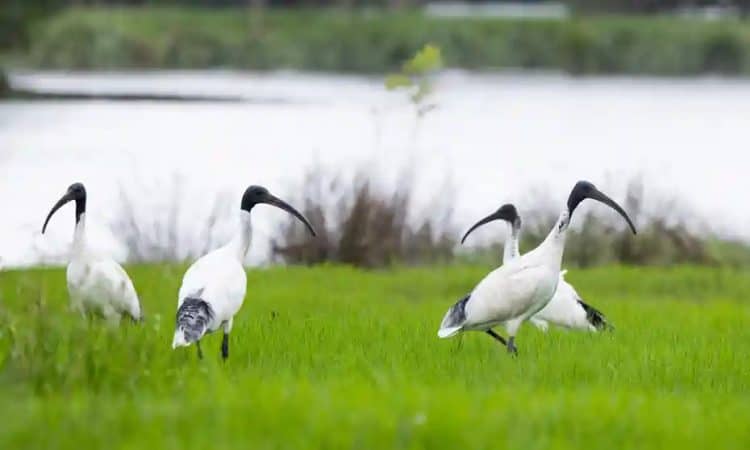
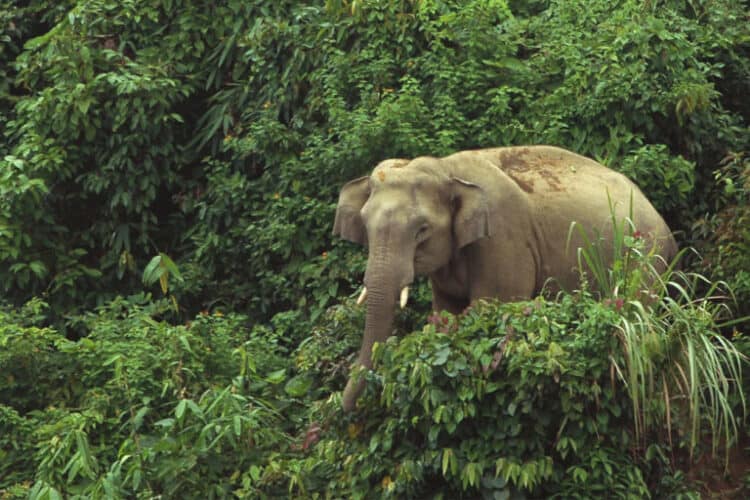

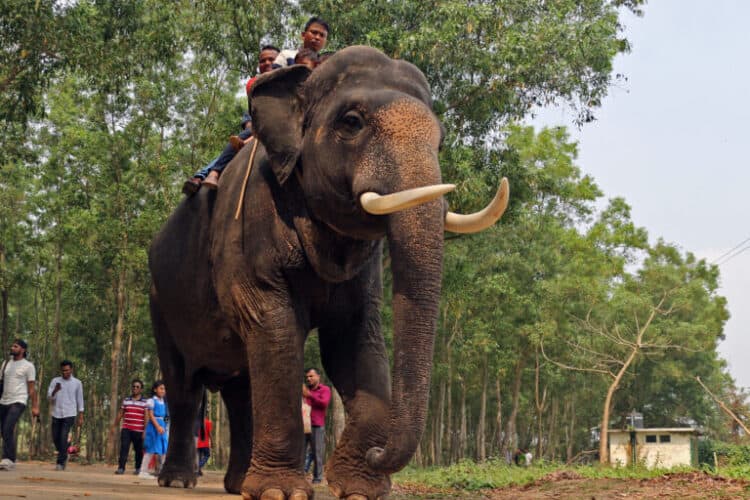

Leave a Reply